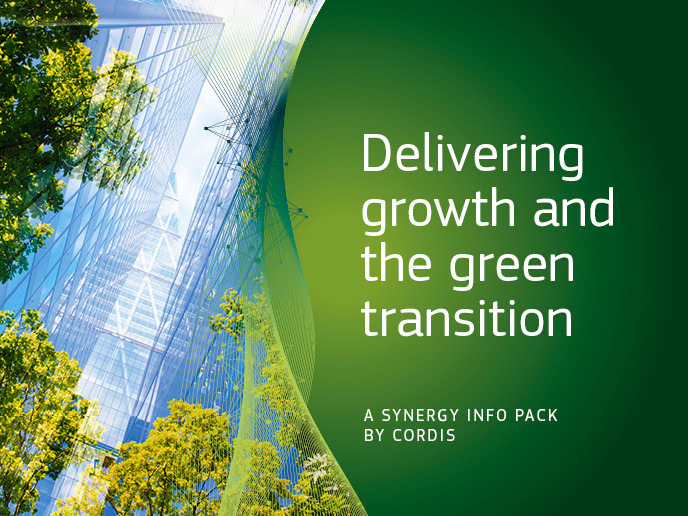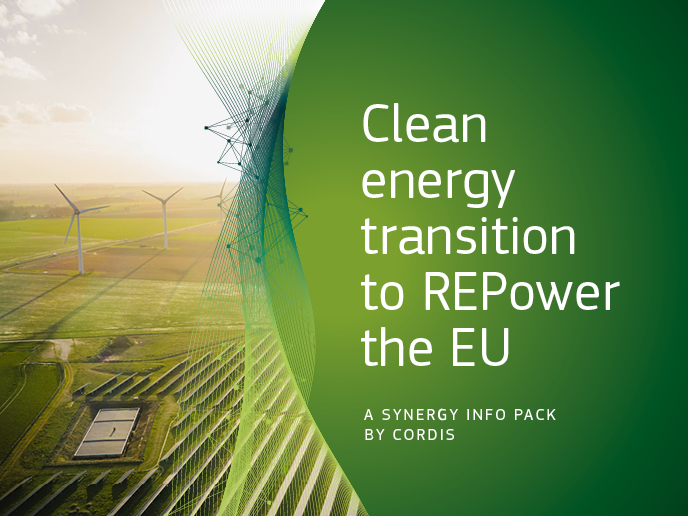Models of anode degradation in fuel cells
Fuel cells convert the chemical energy in molecules into electrical energy without combustion. SOFCs are able to convert a variety of fuels such as natural gas, coal gas, biogas or hydrogen into electricity. Further, they have very high efficiencies and low materials costs. The stumbling block to widespread market penetration has been degradation at the anode and, although major effort has been expended, the issue has remained a challenge. A large multinational consortium launched the EU-funded project ROBANODE(opens in new window) (Understanding and minimizing anode degradation in hydrogen and natural gas fuelled SOFCs) to conduct in-depth modelling and experimental investigations supporting a major breakthrough. They focused on modified state of the art nickel (Ni)-based cermet anodes. The fuel cell consists of the solid oxide or ceramic electrolyte material sandwiched between an anode and a cathode – basically coatings of the electrolyte. At the anode, fuel is oxidised. In addition to excellent efficiencies and fuel flexibility, the very high operating temperatures facilitate fuel reforming directly within the fuel cell without the need for external reforming. In hydrogen-fuelled SOFCs, anode degradation is primarily characterised by microstructural changes. In SOFCs fuelled by natural gas or other hydrocarbons, carbon deposition and sulphur poisoning are the main types of degradation affecting both electrochemical activity and catalytic activity for internal reforming. Researchers set out to enable targeted modifications of the Ni-based cermet anodes for each fuel type to achieve desired changes in properties. ROBANODE's extensive experimental campaign and theoretical work resulted in development of two mathematical models capable of simulating key processes during anode degradation of SOFCs. In addition, suggested modifications to enhance durability are generating industrial interest, particularly with respect to the promising carbon- and sulphur-tolerant behaviour of the gold-modified Ni-based anodes during methane-rich steam reforming. Commercial applicability of the powder modification method is expected to compensate for the increased cost due to the use of gold. Work was widely disseminated in prestigious peer-reviewed journals and at international conferences. ROBANODE has enhanced understanding that should increase the durability of SOFC anodes, leading to more widespread market uptake of this low-emission electricity provider.







